Description
The RØDE NT1 5th Generation microphone is a game-changer in the world of audio recording. Known for its exceptional sound quality, durability, and affordability, this microphone has become a staple for both professional and amateur musicians and audio enthusiasts.
The first thing that sets the RØDE NT1 5th Gen apart is its sound quality. It features a large 1-inch condenser capsule with a gold-plated diaphragm, which delivers a warm and transparent sound. Whether you are recording vocals, acoustic instruments, or podcasts, this microphone captures every detail with stunning clarity and accuracy.
One of the standout features of the RØDE NT1 is its incredibly low self-noise. With only 4.5 dB of self-noise, this microphone is one of the quietest on the market. This means that even the most subtle nuances of your recording will be captured without any unwanted background noise or hiss. This low self-noise makes it ideal for recording in quiet environments or for capturing delicate vocal performances.
Durability is another area where the RØDE NT1 excels. The microphone body is made from a durable nickel-plated aluminum and features a corrosion-resistant coating, ensuring that it can withstand the rigors of studio use. Additionally, the capsule is internally shock-mounted, reducing the risk of mechanical noise from handling or vibrations.
The RØDE NT1 5th Gen is also incredibly versatile. It has a wide frequency response range from 20Hz to 20kHz, allowing it to capture a broad spectrum of sounds. The microphone also includes a high-pass filter, which can be engaged to reduce low-frequency rumble or proximity effect. This makes it suitable for a wide range of recording applications, from capturing delicate vocal performances to recording loud instruments like drums or electric guitars.
Furthermore, the RØDE NT1 comes as a complete package. It includes a shock mount, a pop shield, and a dust cover, providing everything you need to start recording right away. The shock mount is designed to isolate the microphone from vibrations, ensuring clean and accurate recordings. The pop shield helps to minimize plosive sounds and sibilance, resulting in cleaner vocal recordings.
In terms of affordability, the RØDE NT1 5th Gen is hard to beat. Despite its exceptional sound quality and professional-grade build, this microphone is priced competitively, making it accessible to a wide range of users.
In conclusion, the RØDE NT1 5th Generation microphone is a remarkable piece of audio equipment. Its exceptional sound quality, low self-noise, durability, versatility, and affordability make it an ideal choice for both professional and amateur audio enthusiasts. Whether you are a musician, podcaster, or content creator, the RØDE NT1 will undoubtedly elevate the quality of your recordings.
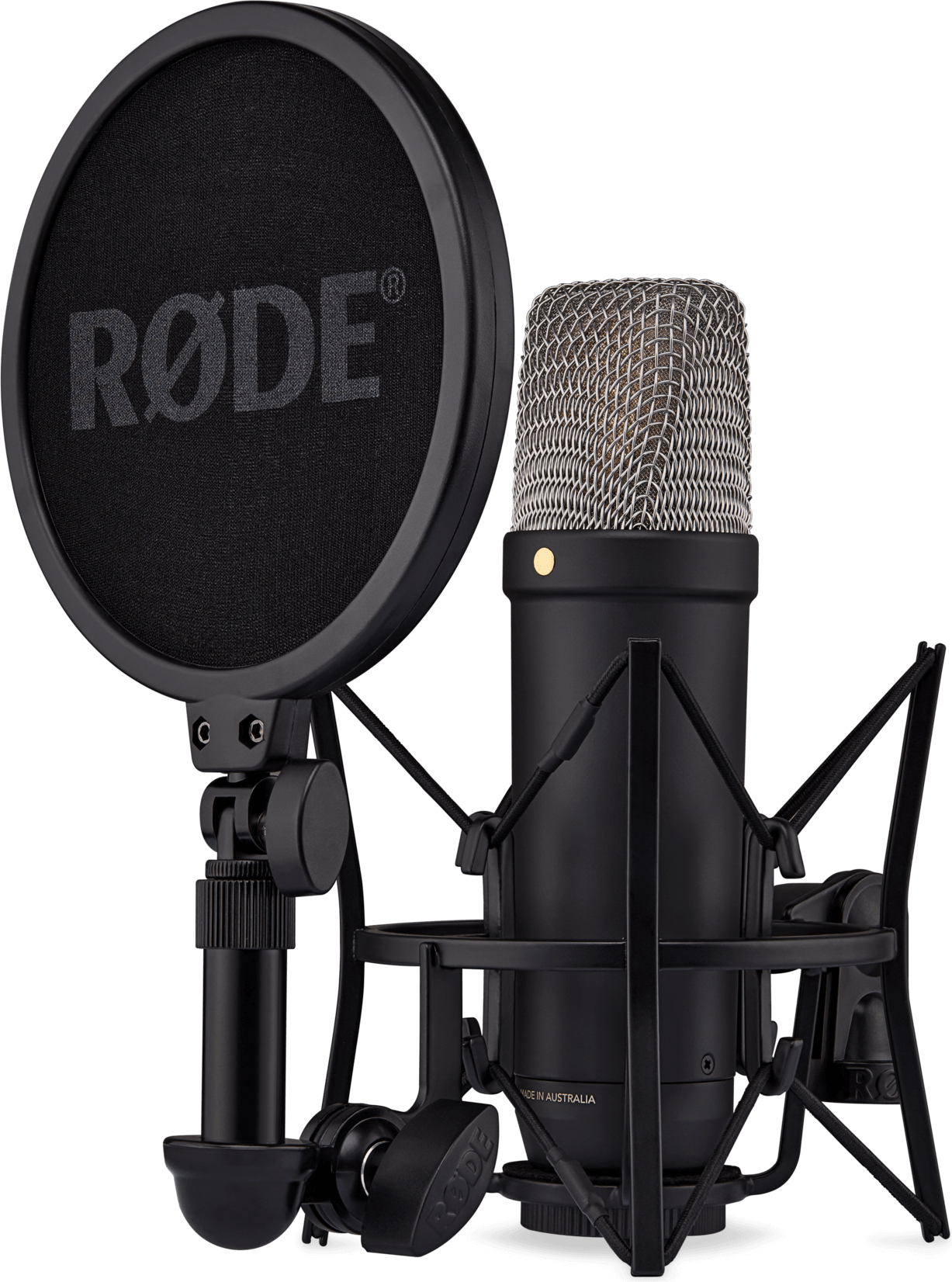
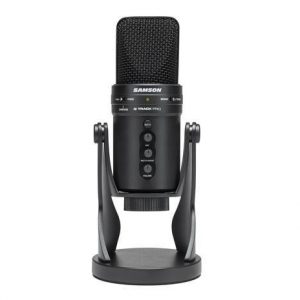
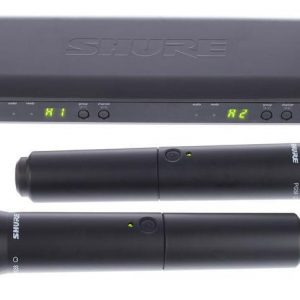
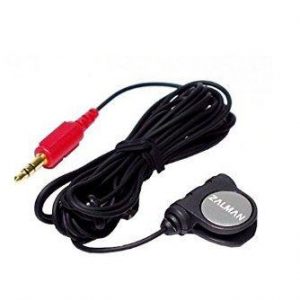
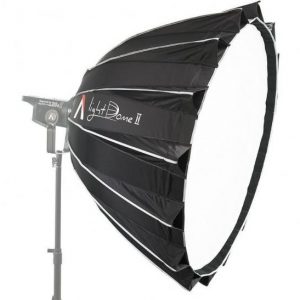
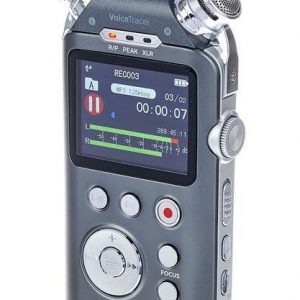
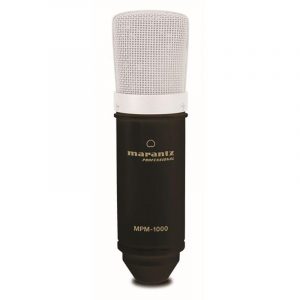
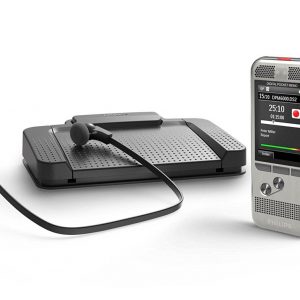
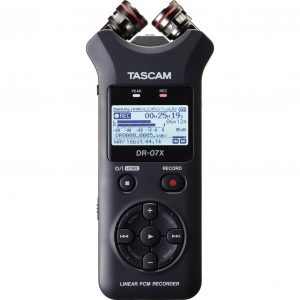
Reviews
There are no reviews yet.